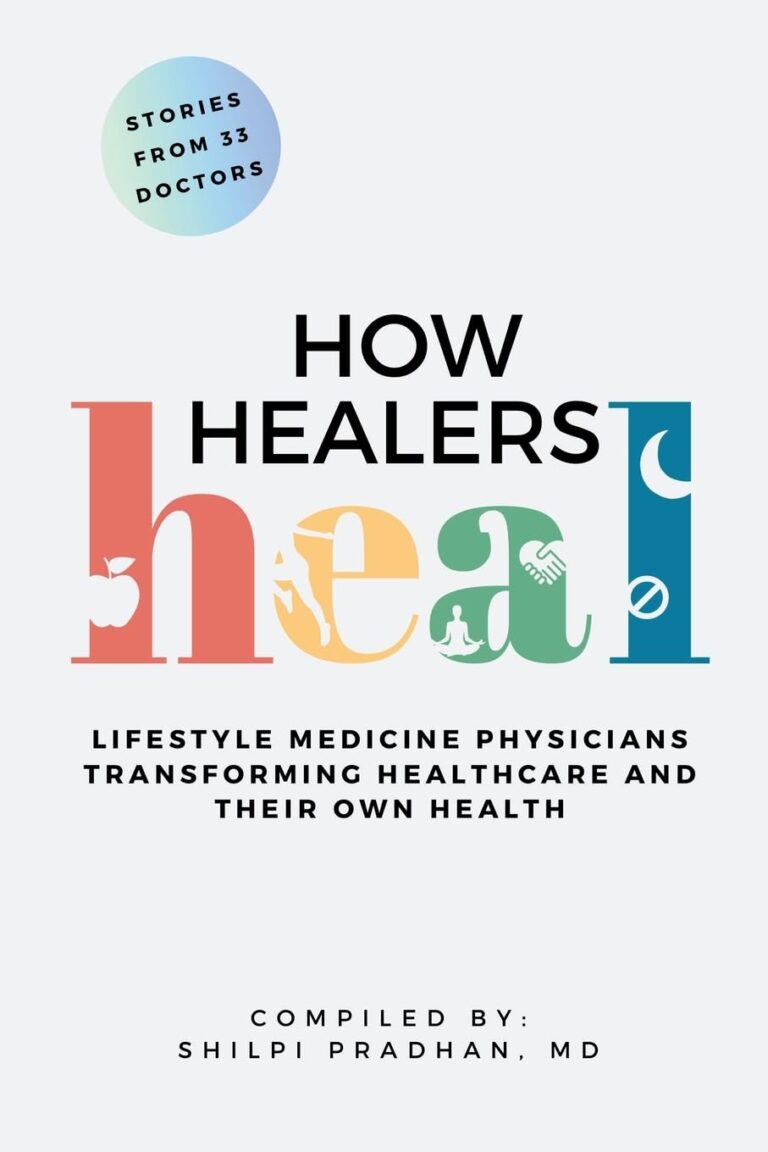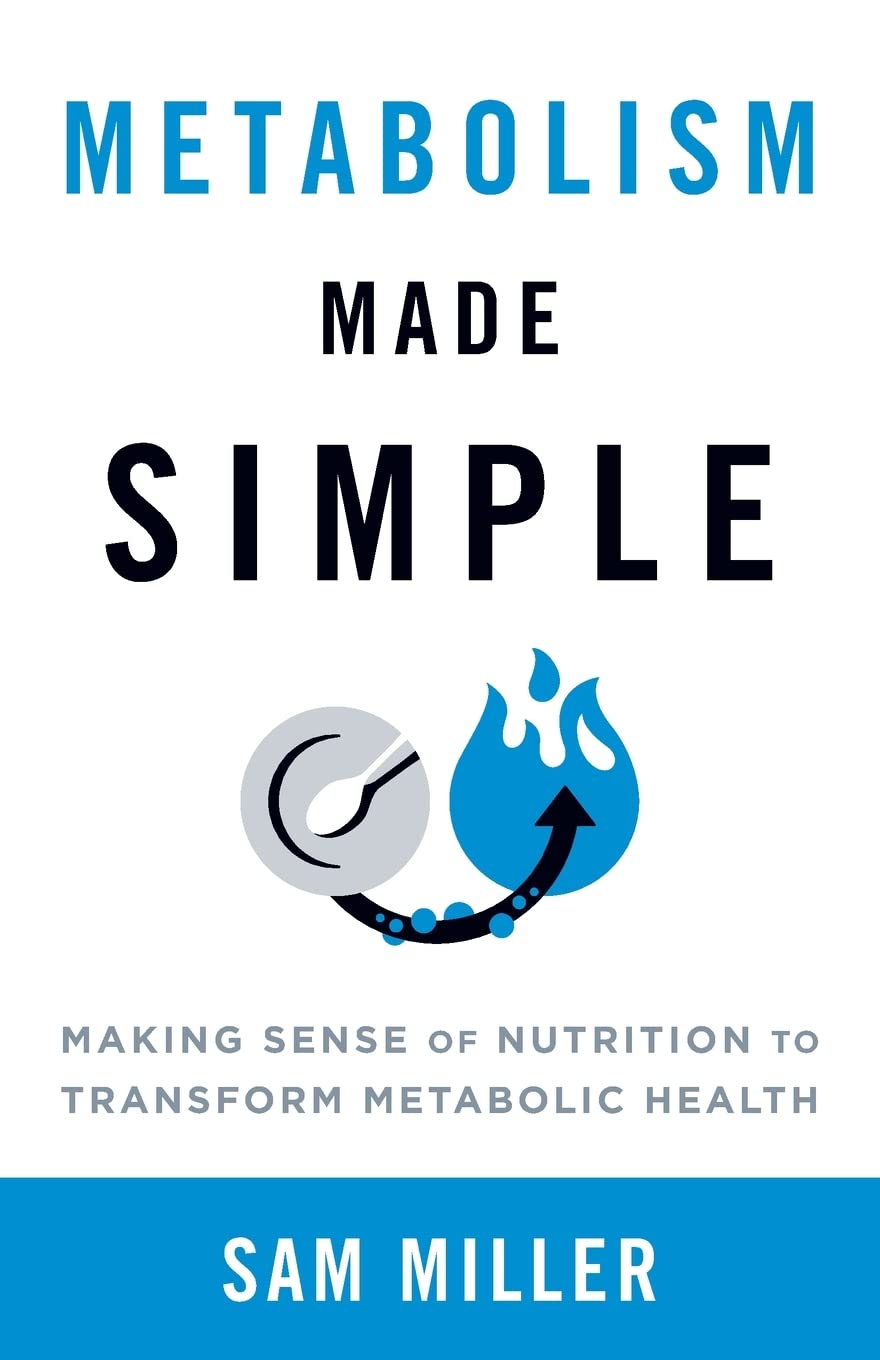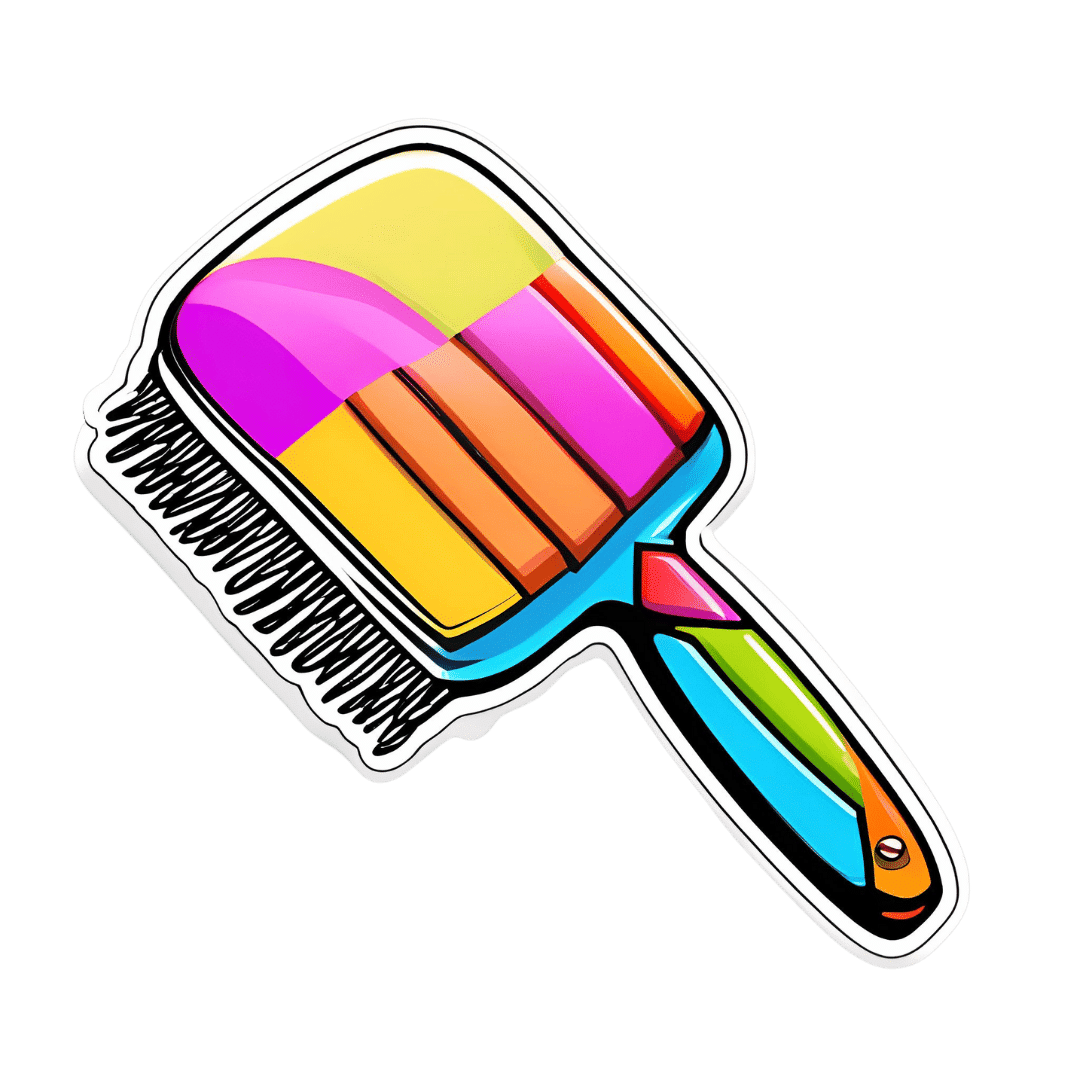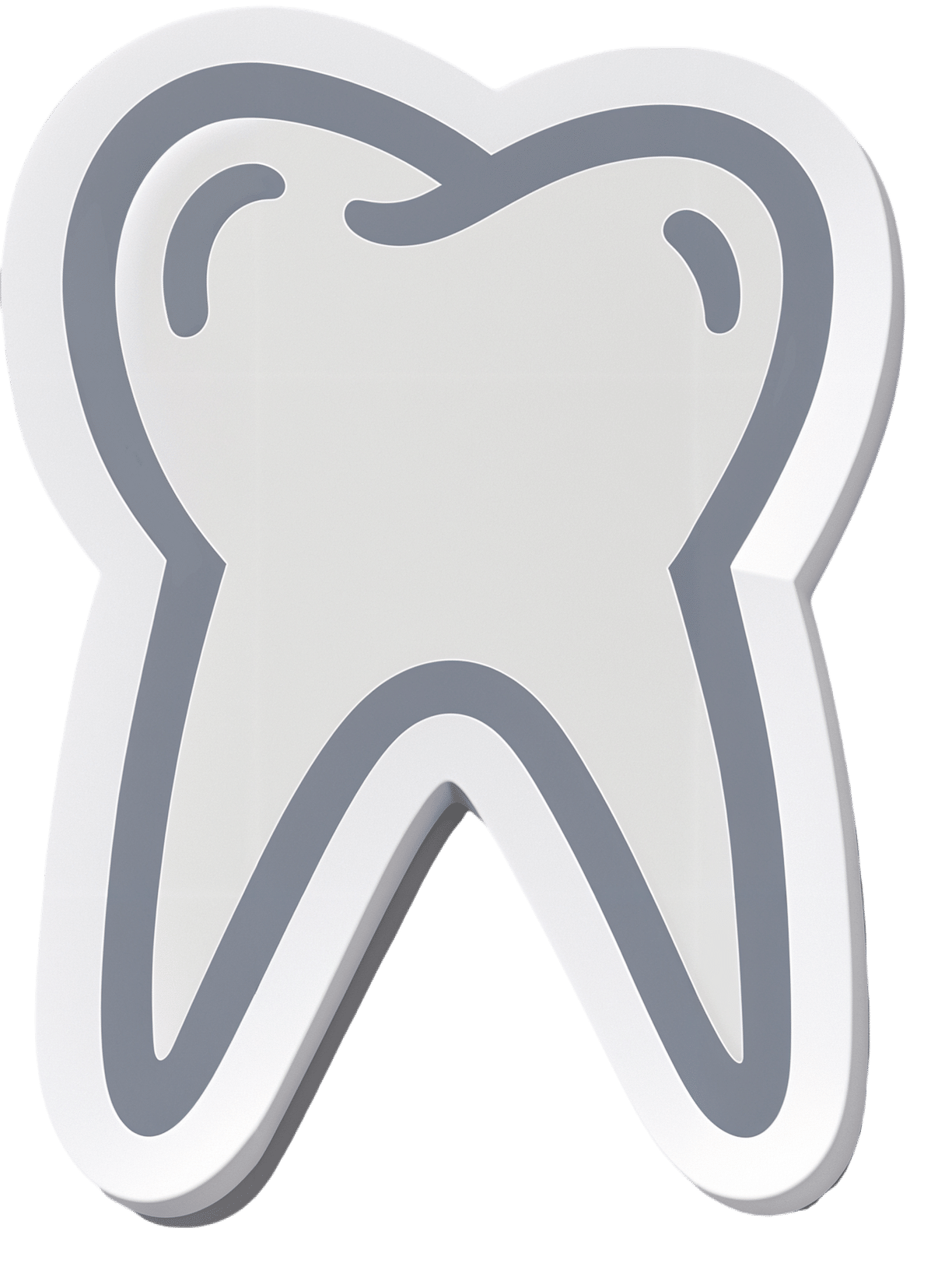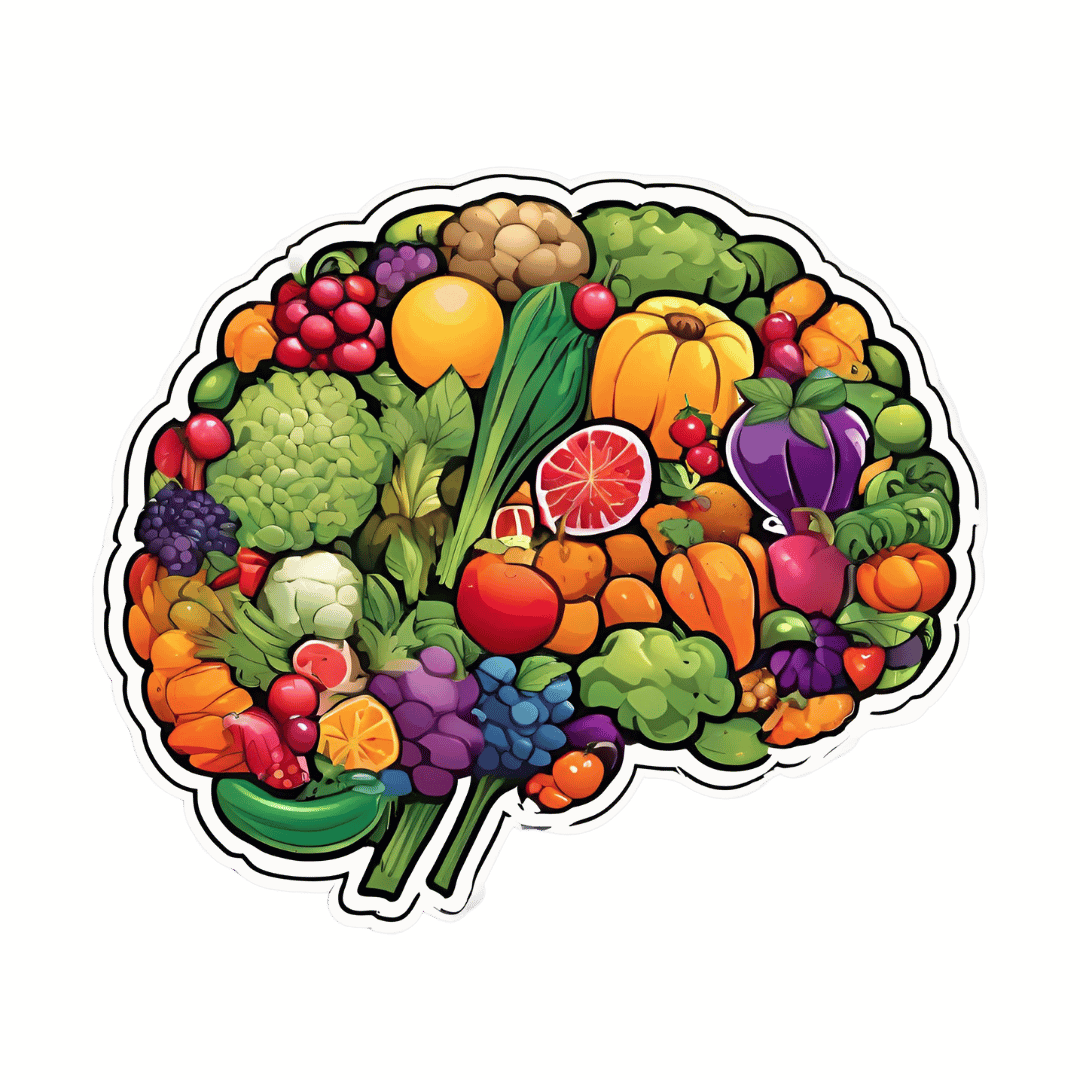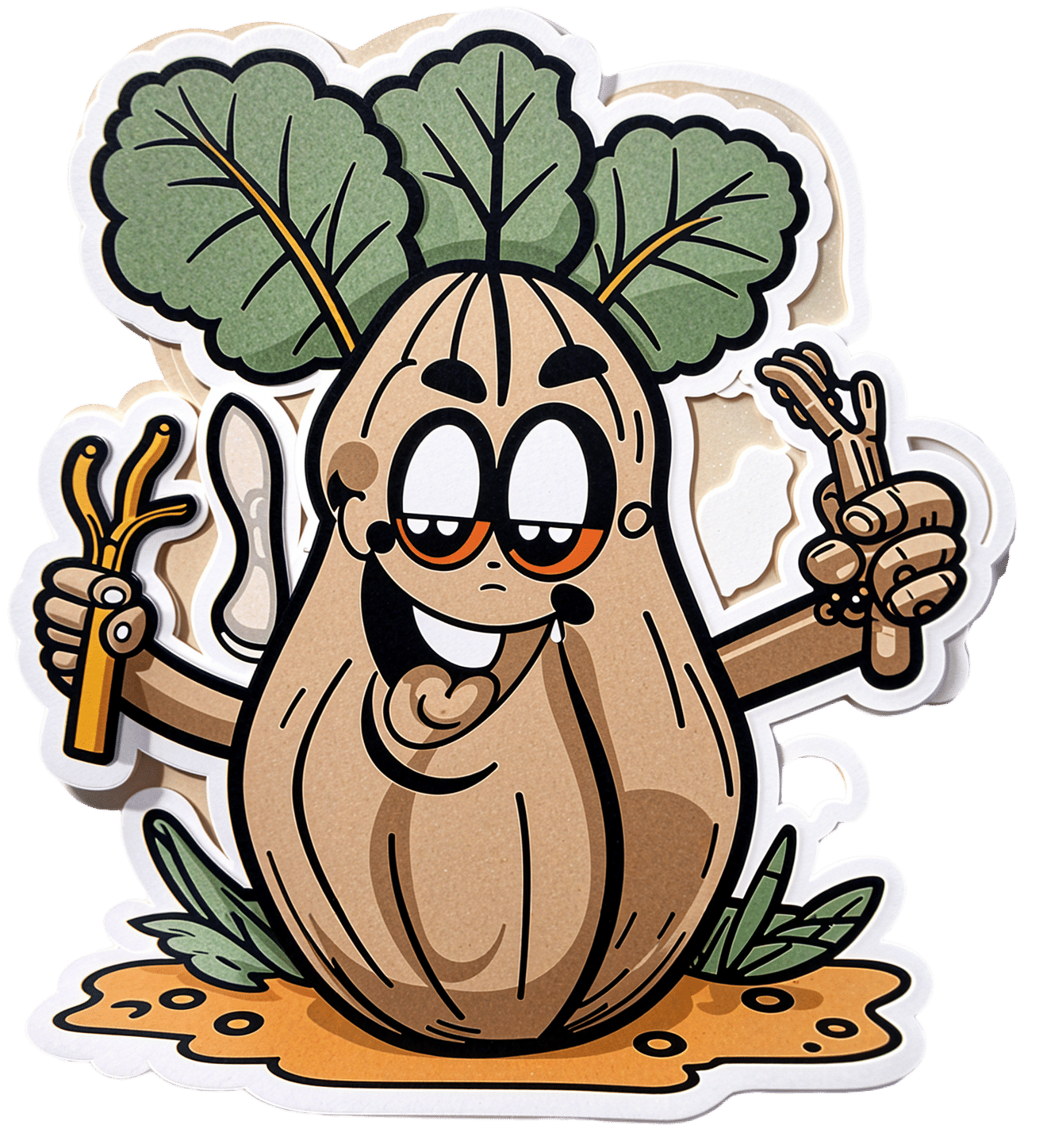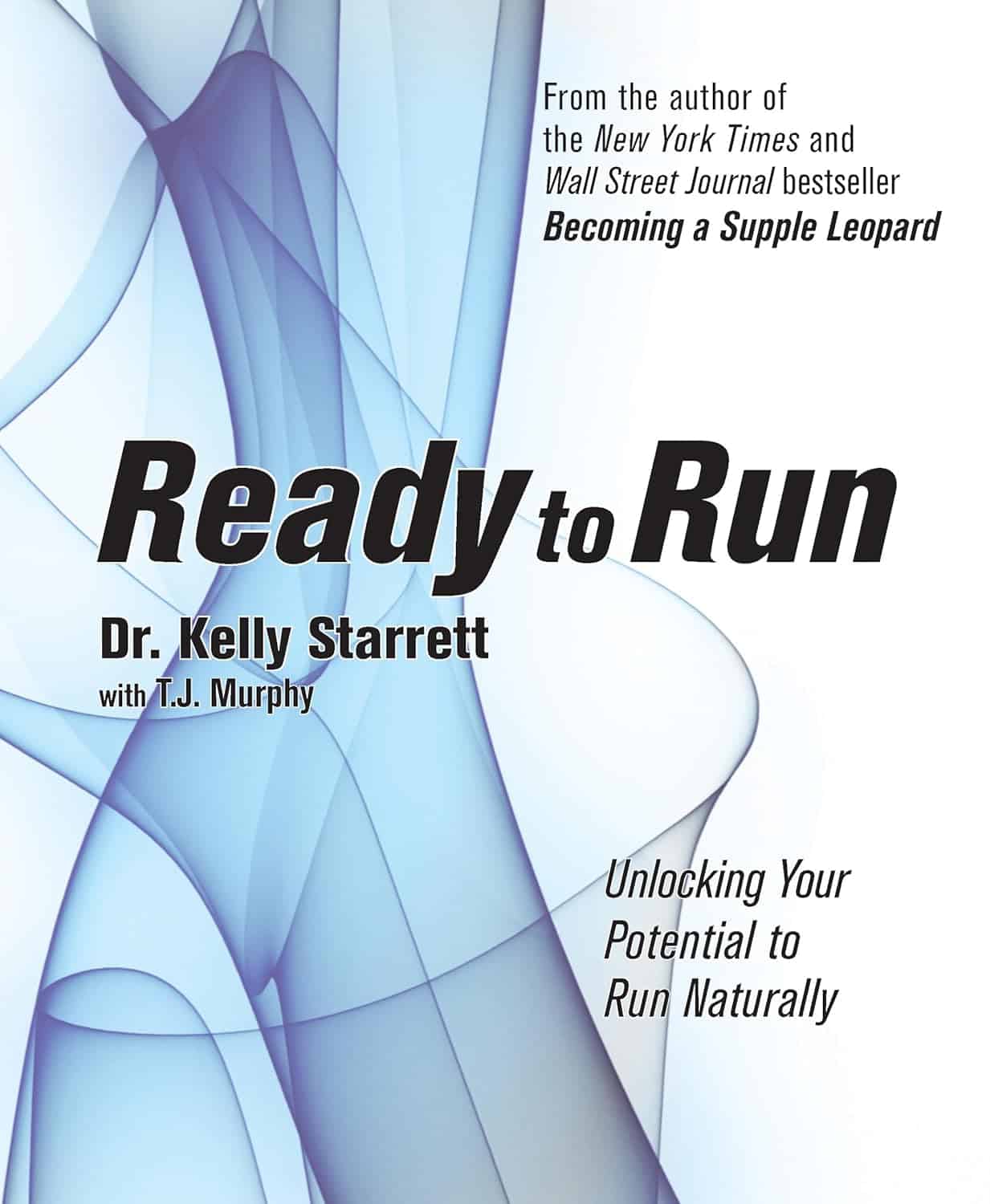
Ready to Run – by Kelly Starrett
10almonds is reader-supported. We may, at no cost to you, receive a portion of sales if you purchase a product through a link in this article.
If you’d like to get into running, and think that maybe the barriers are too great, this is the book for you.
Kelly Starrett approaches running less from an “eye of the tiger” motivational approach, and more from a physiotherapy angle.
The first couple of chapters of the book are explanatory of his philosophy, the key component of which being:
Routine maintenance on your personal running machine (i.e., your body) can be and should be performed by you.
The second (and largest) part of the book is given to his “12 Standards of Maintenance for Running“. These range from neutral feet and flat shoes, to ankle, knee, and hip mobilization exercises, to good squatting technique, and more.
After that, we have photographs and explanations of maintenance exercises that are functional for running.
The fourth and final part of the book is about dealing with injuries or medical issues that you might have.
And if you think you’re too old for it? In Starrett’s own words:
❝Problems are going to keep coming. Each one is a gift wanting to be opened—some new area of performance you didn’t know you had, or some new efficiency to be gained. The 90- to 95-year-old division of the Masters Track and Field Nationals awaits. A Lifelong commitment to solving each problem that creeps up is the ticket.❞
In short: this is the book that can get you back out doing what you perhaps thought you’d left behind you, and/or open a whole new chapter in your life.
Don’t Forget…
Did you arrive here from our newsletter? Don’t forget to return to the email to continue learning!
Recommended
Learn to Age Gracefully
Join the 98k+ American women taking control of their health & aging with our 100% free (and fun!) daily emails:
-
Metabolism Made Simple – by Sam Miller
10almonds is reader-supported. We may, at no cost to you, receive a portion of sales if you purchase a product through a link in this article.
The author, a nutritionist, sets out to present exactly what the title promises: metabolism made simple.
On this, he delivers. Explaining things from the most basic elements upwards, he gives a well-rounded introduction to the science of metabolism and what it means for us when it comes to our dietary habits.
The book is in large part a how-to, but with a lot of flexibility left to the reader. He doesn’t advocate for any particular dietary plan, but he does give the reader the tools necessary to make an informed choice and go from there—including the pros and cons of some popular dietary approaches.
He talks a lot about getting the most out of whatever we do choose to—managing appetite, mitigating adaptation, maximizing adherence, optimizing absorption of nutrients, and so forth.
The book does also touch on things like exercise and stress management, but diet is always center-stage and is the main topic of the book.
The style is—as promised by the title—simple. However, this simply means that he avoids unnecessary jargon and explains any necessary terms along the way. As for backing up claims with science, there are 22 pages of references, which is always a good sign.
Bottom line: if you’d like a simple, practical guide to eating for metabolic health, this book will start you off on a good footing.
Click here to check out Metabolism Made Simple, and give your metabolic health a boost!
Share This Post
-
Stop Using The Wrong Hairbrush For Your Hair Type
10almonds is reader-supported. We may, at no cost to you, receive a portion of sales if you purchase a product through a link in this article.
When you brush your hair, you’re either making it healthier or damaging it, depending on what you’re using and how. To avoid pulling your hair out, and to enjoy healthy hair of whatever kind you have and whatever length suits you, it pays to know a little about different brushes, and the different techniques involved.
Head-to-head
Brush shapes and sizes are designed to achieve different effects in hair, not just for decoration. For example:
- Rat tail combs are excellent for parting and sectioning hair with clean lines. The rat tail part is actually more important than the comb part.
- Regular combs are multipurpose but best for use with flat irons, ensuring straighter hair for a longer time.
- Wide-tooth combs should not be used for detangling as they can cause breakage; instead, use a proper detangling brush. Speaking of detangling…
- Detangling brushes are essential for daily use. Whichever you use, start brushing from the bottom to prevent tangles from stacking and worsening. As for kinds of detangling brush:
- The “Tangle Teaser” is a good beginner option, but it may not detangle well for thicker hair.
- Wet Brush (this is a brand name, and is not about any inherent wetness) is the recommended detangling brush for most people. It can be used on wet or dry hair.
- Mason Pearson brush is a luxury detangling brush (see it here on Amazon) that works slightly more quickly and efficiently, but is expensive and not necessary for most people.
- Teasing brushes are for adding volume by backcombing—but require skill to prevent visible tangles. Best avoided for most people.
- Ceramic round brushes are the best for blow-drying, because they hold tension and help hair dry smoother and shinier.
- Blow-dryer brushes are great for easy blow-drying but should not be used on dry hair, to avoid damage.
- Denman brushes are for people with natural curls, enhancing curls without straightening them like a Wet brush would.
For more on all of these brushes, plus visual demonstrations, enjoy:
Click Here If The Embedded Video Doesn’t Load Automatically!
Want to learn more?
You might also like to read:
Take care!
Share This Post
-
Flossing Without Flossing?
10almonds is reader-supported. We may, at no cost to you, receive a portion of sales if you purchase a product through a link in this article.
Flossing Without Flossing?
You almost certainly brush your teeth. You might use mouthwash. A lot of people floss for three weeks at a time, often in January.
There are a lot of options for oral hygiene; variations of the above, and many alternatives too. This is a big topic, so rather than try to squeeze it all in one, this will be a several-part series.
The first part was: Toothpastes & Mouthwashes: Which Help And Which Harm?
How important is flossing?
Interdental cleaning is indeed pretty important, even though it may not have the heart health benefits that have been widely advertised:
However! The health of our gums is very important in and of itself, especially as we get older:
Flossing Is Associated with Improved Oral Health in Older Adults
But! It helps to avoid periodontal (e.g. gum) disease, not dental caries:
Flossing for the management of periodontal diseases and dental caries in adults
And! Most certainly it can help avoid a stack of other diseases:
Interdental Cleaning Is Associated with Decreased Oral Disease Prevalence
…so in short, if you’d like to have happy healthy teeth and gums, flossing is an important adjunct, and/but not a one-stop panacea.
Is it better to floss before or after brushing?
As you prefer. A team of scientists led by Dr. Claudia Silva studied this, and found that there was “no statistical difference between brush-floss and floss-brush”:
Flossing is tedious. How do we floss without flossing?
This is (mostly) about water-flossing! Which does for old-style floss what sonic toothbrushes to for old-style manual toothbrushes.
If you’re unfamiliar, it means using a device that basically power-washes your teeth, but with a very narrow high-pressure jet of water.
Do they work? Yes:
As for how it stacks up against traditional flossing, Liang et al. found:
❝In our previous single-outcome analysis, we concluded that interdental brushes and water jet devices rank highest for reducing gingival inflammation while toothpick and flossing rank last.
In this multioutcome Bayesian network meta-analysis with equal weight on gingival inflammation and bleeding-on-probing, the surface under the cumulative ranking curve was 0.87 for water jet devices and 0.85 for interdental brushes.
Water jet devices and interdental brushes remained the two best devices across different sets of weightings for the gingival inflammation and bleeding-on-probing. ❞
~ Journal of Evidence-Based Dental Practice
You may be wondering how safe it is if you have had dental work done, and, it appears to be quite safe, for example:
BDJ | Water-jet flossing: effect on composites
Want to try water-flossing?
Here are some examples on Amazon:
- Waterpik Complete Care 9.0 ← example of a top-end water-flossing device
- Philips Sonicare Power Flosser 3000 ← top-tier not-Waterpik-brand device
- INSMART Cordless Water Dental Flosser ← very low price and still average 4.5 star reviews, so in our opinion, a fine first choice
Bonus: if you haven’t tried interdental brushes, here’s an example for that
Enjoy!
Share This Post
Related Posts
-
Never Enough – by Dr. Judith Grisel
10almonds is reader-supported. We may, at no cost to you, receive a portion of sales if you purchase a product through a link in this article.
We’ve reviewed books about addiction before—specifically about alcohol, at least. This one’s more general in that it covers different addictions.
On the other hand, it’s also more specific, in that it covers them from the author’s field: neuroscience.
…and experience too. The author had a plethora of addictions (the serious kind), got sober, and then undertook to study neuroscience. Her hope was to help others avoid, or escape from the same as‚ what she went through.
Dr. Grisel (as she now is) takes a methodical approach in this book. She works her way through the addictive mechanisms of a broad selection of common drugs, explaining each.
The focus here is on neutral explanations, rather than the propagandizing scaremongering that failed at least one generation. Why each drug is alluring, what it really does do—and the neurological price it exacts, down to the molecular level.
She also covers risk factors for addiction; genetic, epigenetic, and environmental. There’s no “if you were stronger”, or “these people made bad choices”, so much as… Many addicts were, in effect, sabotaged from before birth.
That doesn’t mean that to become addicted or not is just fate, but it does mean… There but for the grace of factors completely outside of our control go we.
Why is this useful to us, be we a reader without any meaningful addiction (we’re not counting coffee etc here)? Well, as this book illustrates and explains, many of us could be one (more) mishap away from a crippling addiction and not know it. Forewarned is forearmed.
Bottom line: almost all of us are, have been, or will be touched by addiction in some way. Either directly, or a loved one, or a loved one’s loved one, or perhaps a parent who gave us an epigenetic misfortune. This book gives understanding that can help.
Don’t Forget…
Did you arrive here from our newsletter? Don’t forget to return to the email to continue learning!
Learn to Age Gracefully
Join the 98k+ American women taking control of their health & aging with our 100% free (and fun!) daily emails:
-
How To Manage Your Mood With Food (8 Ways)
10almonds is reader-supported. We may, at no cost to you, receive a portion of sales if you purchase a product through a link in this article.
It is hard to be mentally healthy for long without good diet. Food can not only affect our mood directly, but also indirectly because of how our brain works (or doesn’t, if we don’t have the right nutrients, or it is being sabotaged in some other dietary fashion).
Selecting the food for setting the mood
Mind, the mental health charity, have these advices to share (with some bonus notes of our own):
- Eat regularly: blood sugar peaks and troughs can heighten feelings of tiredness, irritability, or depression. Instead, enjoy foods that are high in energy but low in glycemic index, such as nuts, seeds, and oats—that way you’ll have plenty of energy, that lasts longer.
- Choose the right fats: omega-3 fatty acids are essential for the brain. So are omega-6 fatty acids, but it is rare to have a deficiency in omega-6, and indeed, many people have the ratio of omega-3 to omega-6 far too imbalanced in omega-6’s favor. So, focussing on getting more omega-3 fatty acids is important. Nuts and seeds are again great, as are avocados, eggs, and oily fish.
- Get a healthy amount of protein: and importantly, with a good mix of amino acids—so a variety of sources of protein is best. In particular, if you are vegan, paying attention to ensure you get a full spread of amino acids is critical, as not many plants have all the ones we need (soy does, though). The reason this is important for mood is because many of those amino acids double up as the building blocks of neurotransmitters, so they’re not entirely interchangeable.
- Stay hydrated: our bodies are famously made of mostly water, and our brain will not work well if it’s dehydrated. The human body can squeeze water out of almost anything that has water in it, but water from food (such as fruit, or soups) is best. If enjoying actual drinks, then herbal teas are excellent for hydration.
- Eat a rainbow of fruits and vegetables: these have many nutrients that are important for brain health, and the point of the colors is that most of those pigments are themselves nutrients. Additionally, the fiber content of fruits and vegetables is of topmost important for your heart, and as you’ll remember (we say it often, because it’s true): what’s good for your heart is good for your brain.
- Limit caffeine intake: for many people, excess caffeine can lead to feelings of anxiety, disrupt your sleep, and for everyone who has developed an addiction to it, it will cause withdrawal symptoms if stopped abruptly. Cutting back on caffeine, or even eliminating it, may improve your mood and sleep quality. Note, however, that if you have ADHD, then your brain’s physiological relationship with caffeine is a little different, and stimulants will be more beneficial (and less deleterious) for you than for most people. If unsure, speak with your doctor about this one.
- Support your gut health: because of the gut-brain axis (via the vagal nerve), and also because nearly all of our endogenous serotonin is made in the gut (along with other neurotransmitters/hormones), getting plenty of fiber is important, and probiotics can help too.
- Consider food intolerances: if you know you have one, then keep that in mind and tailor your diet accordingly. If you suspect you have one, seek a nutritionist’s help to find out for sure. These can affect many aspects of health, including mood, so should not be dismissed as a triviality.
For more on all of this, enjoy:
Click Here If The Embedded Video Doesn’t Load Automatically!
Want to learn more?
You might also like to read:
The 6 Pillars Of Nutritional Psychiatry
Take care!
Don’t Forget…
Did you arrive here from our newsletter? Don’t forget to return to the email to continue learning!
Learn to Age Gracefully
Join the 98k+ American women taking control of their health & aging with our 100% free (and fun!) daily emails:
-
Dioscorea Villosa: Hormones, Arthritis, & Skin
10almonds is reader-supported. We may, at no cost to you, receive a portion of sales if you purchase a product through a link in this article.
On A Wild Yam Chase?
We recently came across a supplement blend that had wild yam extract as a minor ingredient. Our plucky (and usually very knowledgable) researcher had never heard of its use before, so she set about doing her thing. This is what she found…
What health claims are made?
Wild yam extract (Dioscorea villosa) is traditionally sold and used for:
- Balancing hormones
- Combating arthritis
- Anti-aging effects for the skin
Does it balance hormones?
First, as a quick catch-up, we’ll drop a previous article of ours for your convenience:
What Does “Balance Your Hormones” Even Mean?
We couldn’t find almost any studies into wild yam extract’s hormone-balancing effects, but we did find one study, and:
❝Symptom scores showed a minor effect of both placebo and active treatment on diurnal flushing number and severity and total non-flushing symptom scores, and on nocturnal sweating after placebo, but no statistical difference between placebo and active creams.
This study suggests that short-term treatment with topical wild yam extract in women suffering from menopausal symptoms is free of side-effects, but appears to have little effect on menopausal symptoms❞
…which is a very thorough, polite, sciencey way of saying “wow, this does so many different kinds of nothing”
On the one hand, this was a small study (n=23). On the other hand, it was also literally the only study we could find.
Does it combat arthritis?
Maybe! We again didn’t find much research into this but we did find two in vitro studies that suggests that diosgenin (which can be derived from wild yam extract) helps:
- Diosgenin inhibits IL-1β-induced expression of inflammatory mediators in human osteoarthritis chondrocytes
- Diosgenin, a plant steroid, induces apoptosis in human rheumatoid arthritis synoviocytes with cyclooxygenase-2 overexpression
And we also found a rodent study that found that wild yam extract specifically helped against “acetic acid-induced writhing and formalin-induced pain“, and put that down to anti-inflammatory properties:
So, none of these studies tell us much about whether it would be helpful for humans—with or without arthritis, and hopefully without “acetic acid-induced writhing and formalin-induced pain”.
However, they do suggest that it would be reasonable to test in humans next.
You might prefer:
- Tips For Avoiding/Managing Osteoarthritis
- Tips For Avoiding/Managing Rheumatoid Arthritis
- How to Prevent (or Reduce) Inflammation
Does it keep skin young?
Again, research is thin on the ground, but we did find some! A study with wild-yam-derived diosgenin found that it didn’t make anything worse, and otherwise performed a similar role to vitamin A:
Read: Novel effects of diosgenin on skin aging
That was on rats with breast cancer though, so its applicability to healthy humans may be tenuous (while in contrast, simply getting vitamin A instead is a known deal).
Summary
- Does it balance hormones? It probably does little to nothing in this regard
- Does it combat arthritis? It probably has anti-inflammatory effects, but we know of no studies in humans. There are much more well-established anti-inflammatories out there.
- Does it keep the skin young? We know that it performs a role similar to vitamin A for rats with breast cancer, and didn’t make anything worse for them. That’s the extent of what we know.
Where can I get some?
In the unlikely event that the above research review has inspired you with an urge to buy wild yam extract, here is an example product for your convenience.
Some final words…
If you are surprised that we’re really not making any effort to persuade you of its merits, please know that (outside of the clearly-marked sponsor section, which helps us keep the lights on, so please do visit those) we have no interest in selling you anything. We’re genuinely just here to inform 🙂
If you are wondering why we ran this article at all if the supplement has negligible merits, it’s because science is science, knowledge is knowledge, and knowing that something has negligible merit can be good knowledge to have!
Also, running articles like this from time to time helps you to know that when we do sing the praises of something, it’s with good reason
Take care!
Don’t Forget…
Did you arrive here from our newsletter? Don’t forget to return to the email to continue learning!
Learn to Age Gracefully
Join the 98k+ American women taking control of their health & aging with our 100% free (and fun!) daily emails:

